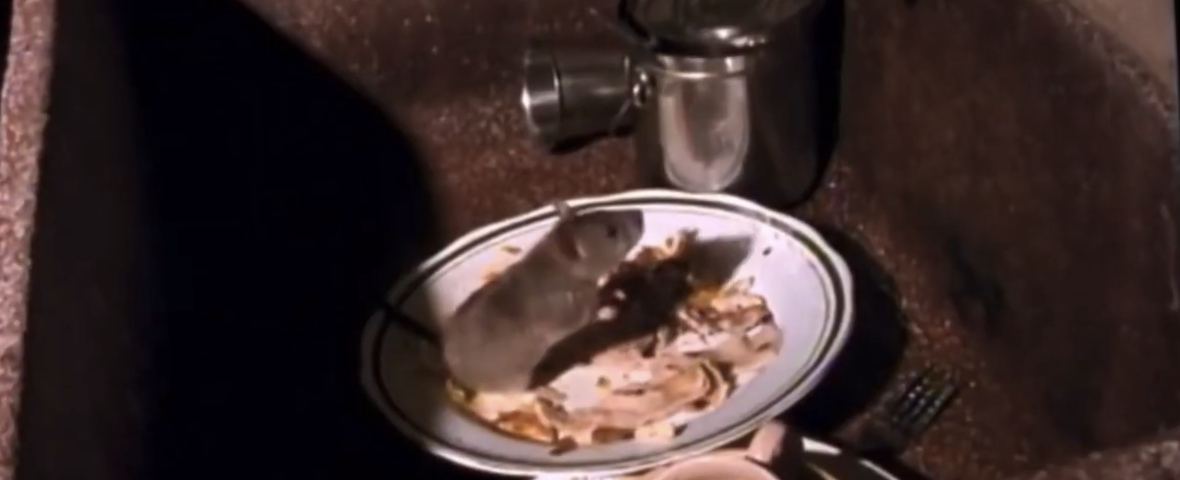- info@FortLauderdaleanimalattic.com
Call 24/7 for a free quote:
754-217-2888
Rat vs Mouse Size
The rat and mouse refers to the type of rodents that appear similar to the average people. They can be found all over the world, in different settings and climate. When in captivity, they have an average lifespan of around 6 years while it will be hard for them to survive less than a year in their natural environment. For those who live in the urban setting, they will mostly come across three types of these species; brown rat, ship rat, and the house mouse.

The Difference between the Fort Lauderdale Rat and Mouse
The brown rat is popularly known as the Norway rat. They are related with the house mouse since they have the same ancestor who lived during the prehistoric era. This is around 8-41 million years back. Descendants of that ancestor have separated into variety of species where the Norway rat and the house mouse belong. After millions of evolution, these two species have developed different anatomical features, morphological, developmental, reproductive, and genetic structures.
The Size of the Rat and Mouse
With regards to the size, the adult mouse is considerably smaller when compared to the mature Fort Lauderdale rat. It will weigh at around 30grams while fancy mouse can weigh as much as 50grams. The body of the adult mice can extend at approximately 3-4inches while their tail will measure at least 3 inches. It should be expected that the adult rats have longer and heavier body. In fact, their weight can exceed 10 times more than the average weight of the mouse. For instance, the standard female rat will have a maximum weight of more than 450grams. The average male on the other hand can be as heavy as 650grams. Their body alone can measure at 9-11inches and their tails will reach up to 9 inches in terms of length.
Differentiating the Young Rat and Adult Mice
The young rat will also be larger when compared to the adult mouse. In fact, the baby Florida rat can increase their weight to 100 grams in as little as six weeks. Nonetheless, for the average person, it may be difficult to discern the young rat from the adult mice. Here are some features that you should look for to differentiate them.
Head- The head of the baby rat is larger in relation to their body while the head of the adult mouse is small with regards to their body.
Muzzle-Rat has blunt and large muzzle while the mouse has a narrow one.
Ears- The ears of the rat are smaller when compared to their body while the adult mouse ear is larger.
Tails- The tail of the adult mouse is thinner while the baby rat has a thick tail.
These are just the difference in size between the rat and the mice. This will help you identify what type of infestation you are experiencing. The type of solution that you should conduct should be related to the creature dwelling in your house. For more information, you should consult your local wildlife removal agency.
Visit our Fort Lauderdale wildlife trapping home page to learn more about us.

